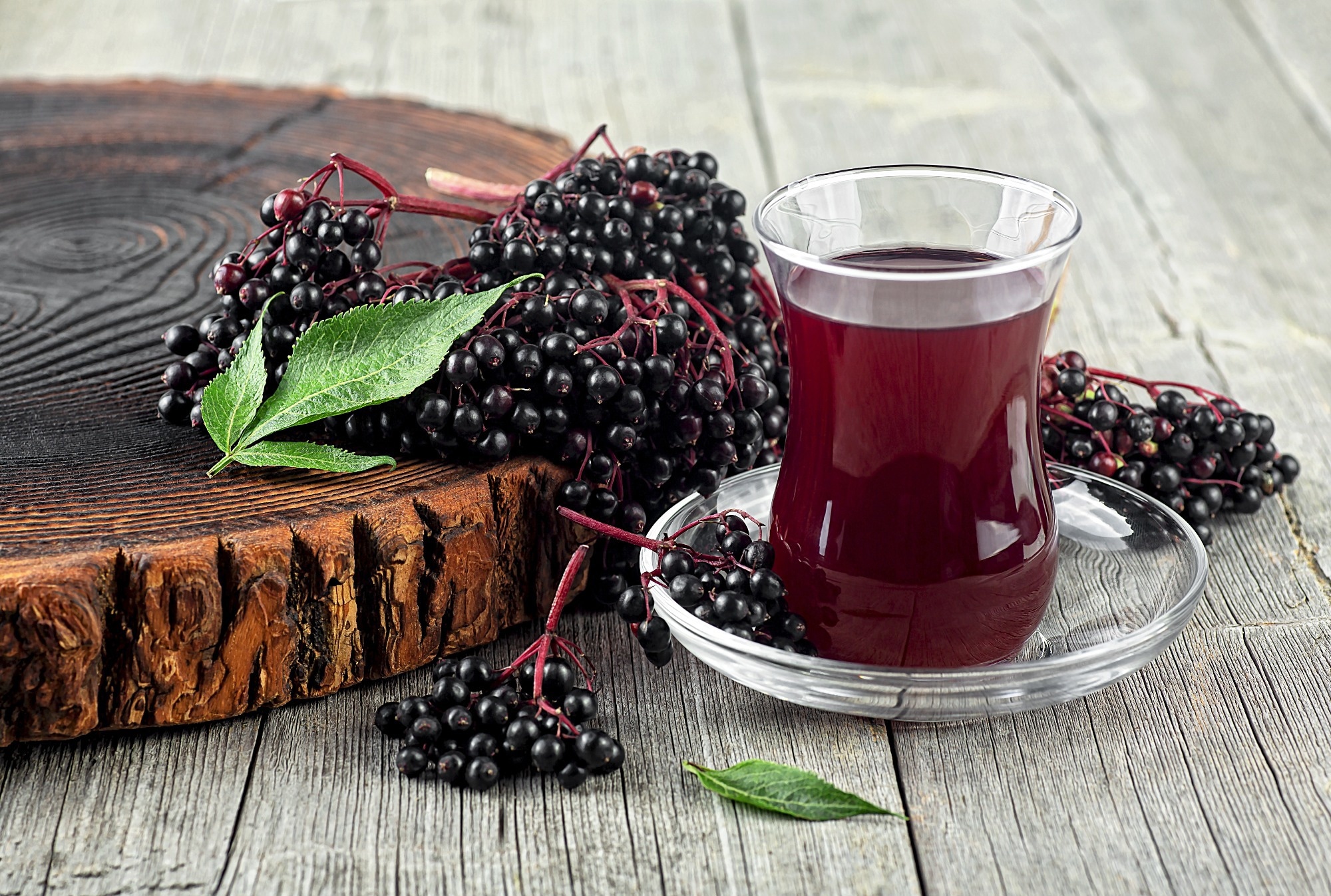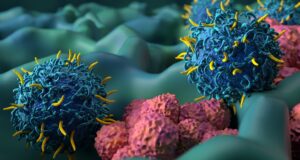Study reveals anthocyanin-rich elderberry juice improves glucose regulation, enhances fat oxidation, and promotes beneficial gut microbiota changes in overweight adults.
 Study: A One-Week Elderberry Juice Intervention Augments the Fecal Microbiota and Suggests Improvement in Glucose Tolerance and Fat Oxidation in a Randomized Controlled Trial. Image Credit: domnitsky/Shutterstock.com
Study: A One-Week Elderberry Juice Intervention Augments the Fecal Microbiota and Suggests Improvement in Glucose Tolerance and Fat Oxidation in a Randomized Controlled Trial. Image Credit: domnitsky/Shutterstock.com
In a recent study published in the Nutrients, a group of researchers evaluated whether anthocyanin-rich elderberry juice (EBJ) modulates gut microbiota, enhances glucose regulation, and improves fat oxidation in overweight or obese adults through a randomized, placebo-controlled study.
Background
Over 70% of adults in the United States are overweight or obese, with obesity rates projected to reach 48-55% by 2050. Effective dietary strategies to reduce cardiometabolic complications emphasize bioactive-rich foods, such as polyphenol-dense fruits and vegetables found in Mediterranean-style diets.
Anthocyanins, a flavonoid sub-class, demonstrate potential in managing obesity-related conditions, including diabetes, dyslipidemia, and cardiovascular disease, through mechanisms like modulating the gut microbiome and enhancing adipose and muscle metabolism.
Despite promising evidence from rodent models and small human trials, further research is needed to identify optimal anthocyanin types and doses for improving metabolic health and obesity outcomes.
About the study
Female and male participants aged 22 to 75 years were recruited from the Spokane Washington area through various advertising channels, including social media, flyers, and electronic forums. Eligibility was assessed using a health questionnaire, blood chemistry analysis, and anthropometric measurements.
Exclusion criteria included pregnancy, a body mass index (BMI) below 25 kg/m², intolerance to elderberry, gastrointestinal disorders, certain medications, type 2 diabetes requiring prescription management, or recent significant weight changes.
Participants provided written informed consent and agreed to maintain their habitual diets, discontinue most dietary supplements, and avoid high-polyphenol foods such as berries, red-colored fruits and vegetables, and darkly colored legumes for the study duration. The study protocol was approved by the Washington State University (WSU) Institutional Review Board and registered on ClinicalTrials.gov.
The randomized, placebo (PL)-controlled crossover study involved two one-week treatment periods separated by a three-week washout phase. Participants consumed 355 g per day of either EBJ or a PL, matched for flavor and appearance, providing 720 mg/day of cyanidin-3-glucoside equivalents.
Compliance was monitored through questionnaires and returned food and beverage containers. To minimize variability, participants followed a controlled diet during the final four days of each treatment period, consisting of prepackaged meals with macronutrient proportions of 40% carbohydrates, 40% fat, and 20% protein.
Testing included indirect calorimetry, meal tolerance tests (MTT), and microbiome analyses. Outcomes such as blood glucose levels, insulin concentrations, energy expenditure, and gut microbiota composition were evaluated. Statistical significance was determined at p-values less than 0.05.
Study results
Participants for the study were recruited between February 2023 and April 2024. Of the 83 prospective volunteers who attended the information meeting, 53 were lost to follow-up. Thirty individuals provided written informed consent, but six later declined participation.
Twenty-four participants underwent screening, and five were excluded for not meeting inclusion criteria. Nineteen participants were randomized into the study, with one later withdrawing due to noncompliance, leaving 18 participants who completed the protocol.
Compliance with test beverage consumption, monitored via questionnaires and returned containers, was 100%. No participants reported gastrointestinal distress or difficulty adhering to the controlled diets, indicating that both the EBJ and PL treatments were well tolerated.
Indirect calorimetry results showed significant differences in substrate oxidation during the MTT. Average respiratory quotient (RQ) was lower for EBJ compared to PL (0.86 vs. 0.89, p = 0.031), corresponding to decreased carbohydrate oxidation (25.6 vs. 30.0 g, p = 0.021) and increased fat oxidation (10.2 vs. 8.03 g, p = 0.038).
No significant differences were observed in energy expenditure (202 vs. 200 kcal, p = 0.611). During the treadmill walk, RQ remained significantly lower with EBJ (0.89 vs. 0.91, p = 0.038), indicating increased fat oxidation, although changes in carbohydrate and fat oxidation during exercise were marginally significant. The treatment sequence did not affect these outcomes.
Blood glucose and insulin response curves from the MTT showed a 24% reduction in incremental area under the glucose curve (iAUC) with EBJ (p = 0.041). Insulin iAUC was 9.9% lower following EBJ but did not reach statistical significance (p = 0.062).
Fecal microbiota analyses revealed dynamic shifts at the phylum level. Both treatments decreased Bacteroidetes and increased Firmicutes, with the effects more pronounced and statistically significant for EBJ. Actinobacteria abundance showed a numerical increase with EBJ (p = 0.16).
EBJ also significantly increased Ruminococcaceae and Bifidobacterium, while reducing Bacteroides and Alistipes. These findings suggest potential microbiota-mediated mechanisms for the observed metabolic benefits of EBJ.
Conclusions
To summarize, this study evaluated EBJ’s effects on glucose tolerance, energy metabolism, and gut microbiota using a randomized, placebo-controlled crossover design with 18 participants. EBJ provided 720 mg/day of cyanidin-based anthocyanins, which was well tolerated.
Results showed a 24% reduction in glucose response, increased fat oxidation, and modest gut microbiota changes, including higher Firmicutes and Bifidobacterium. These findings align with previous berry studies, suggesting EBJ’s potential metabolic benefits.



